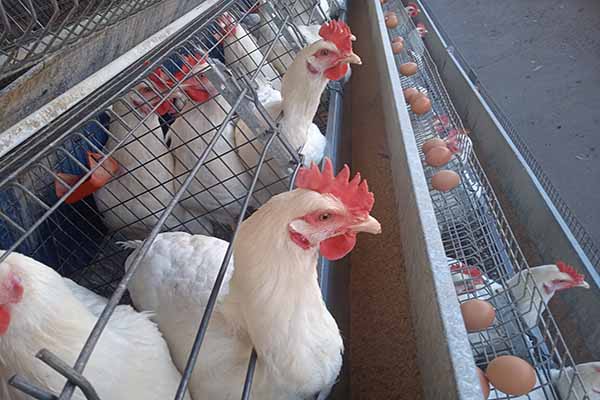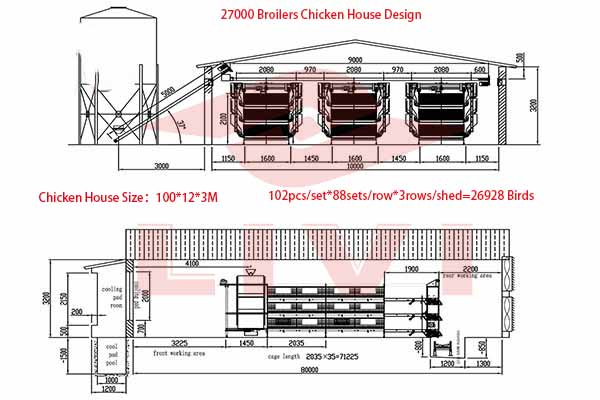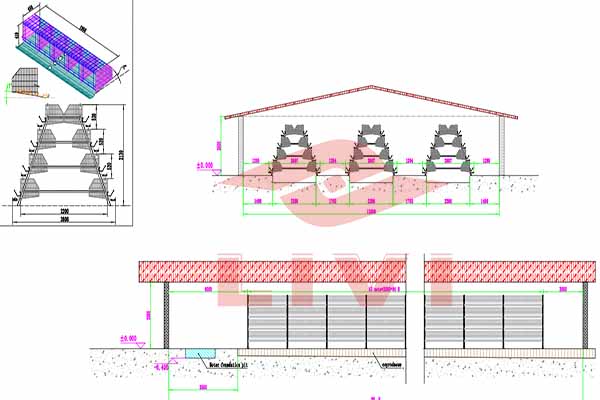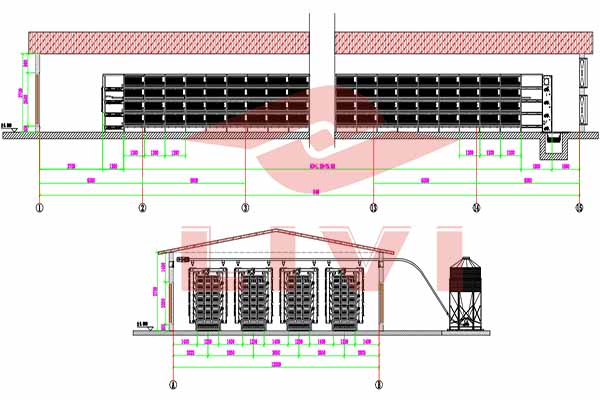Best Practices for Poultry Farm Ventilation Systems
Understanding the Importance of Proper Ventilation
Proper ventilation is critical for maintaining the health and productivity of a poultry farm. Inefficient ventilation can lead to a host of problems, including respiratory issues, heat stress, and poor egg quality. In this article, we will explore the best practices for poultry farm ventilation systems, based on industry standards and expert opinions.
1. System Design
When designing a ventilation system for your poultry farm, consider the following factors:
– Airflow Requirements: Determine the air exchange rate required for your farm, which can vary based on the species and density of poultry.
– Air Distribution: Ensure even airflow throughout the entire poultry house, avoiding areas with poor air exchange.
– Efficient Intake and Exhaust Points: Design intake and exhaust points that promote optimal airflow without allowing drafts.
2. Technology Selection
Selecting the right equipment for your ventilation system is crucial:
– Ventilators: High-efficiency fans with variable speed control are recommended for adjusting airflow as needed.
– Exhaust Fans: Ensure exhaust fans are sized correctly to maintain a slight negative pressure in the poultry house.
– Automated Control Systems: Implement an automated control system that adjusts fan speeds and air intake based on temperature and humidity sensors.
3. Regular Maintenance
Maintaining your ventilation system is essential for its longevity and efficiency:
– Cleaning Fans and Coils: Regularly clean the fans and coils to prevent dust and debris buildup, which can hinder airflow.
– Check for Leaks: Periodically inspect your system for air leaks and repair them to maintain pressure and temperature control.
– Replace Wear Parts: Replace worn-out belts, fan blades, and filters as necessary.
4. Monitoring and Adjustment
Monitoring your system’s performance and making adjustments is key to optimal poultry farm ventilation:
– Use of Sensors: Employ sensors to track temperature, humidity, and CO2 levels, ensuring comfortable conditions for the birds.
– Adjusting Airflow: Adjust fan speeds based on the sensor readings to maintain optimal air quality.
5. Energy Efficiency
Energy efficiency is a significant consideration for any poultry farm:
– Choose Energy-Efficient Equipment: Invest in energy-efficient fans and ventilation equipment.
– Control Airflow with Airflow Management Devices: Use devices such as air curtains or baffles to minimize unnecessary heat loss during cooler periods.
6. Safety and Regulations
Adhering to safety and regulatory standards is non-negotiable:
– Inspection and Certification: Regularly inspect and maintain your system to ensure compliance with industry standards and local regulations.
– Employee Training: Provide training to staff on safe system operation and maintenance practices.
Contact Us for Free Chicken Farm Design and Quotation
For expert advice on your poultry farm’s ventilation system and to receive a free, custom chicken farm design along with a no-obligation equipment quotation, please don’t hesitate to get in touch with LIVI Mechanical.





